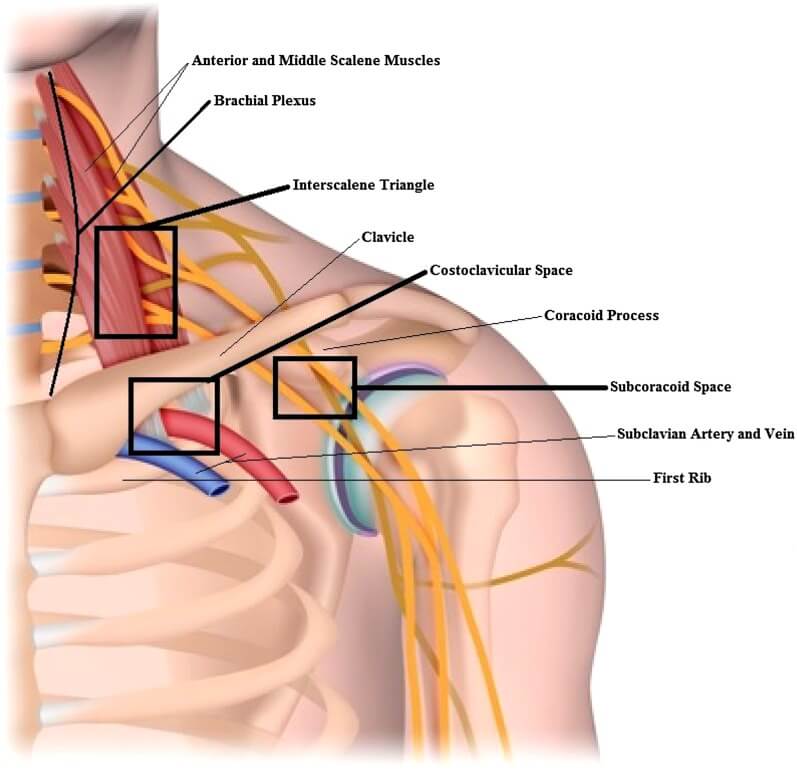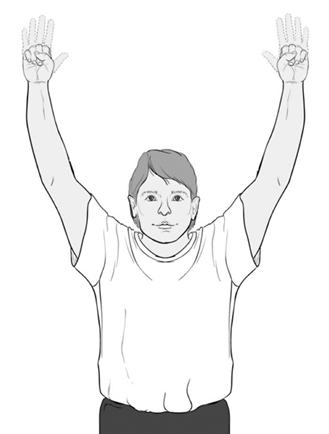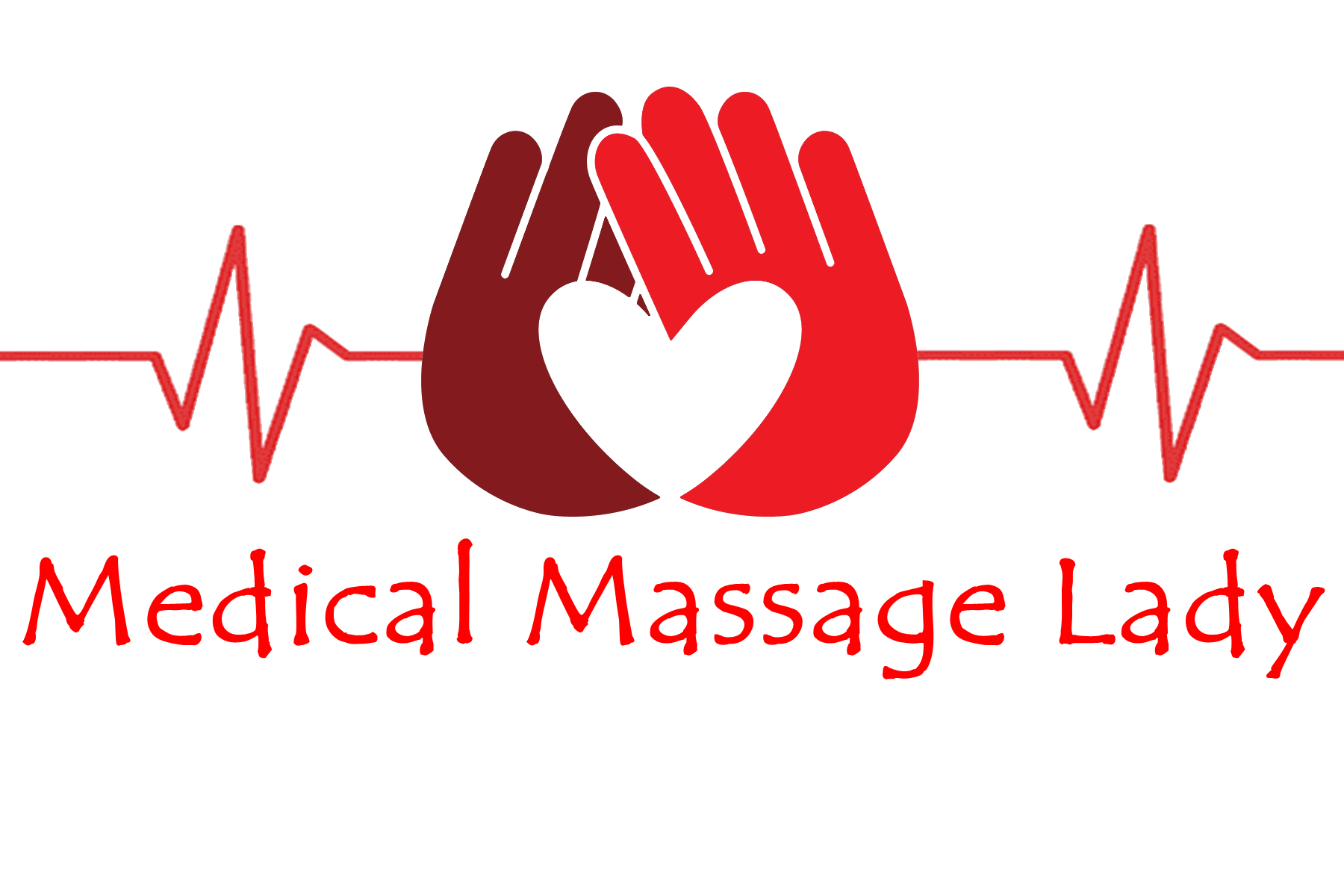- 07736 104738
- sam@medicalmassagelady.com
- Mon - Sat, 8:00 - 18:30
Thoracic outlet syndrome covers 3 different issues involving compression of nerves and/or blood vessels by the first rib, collarbone or neck muscles in the thoracic outlet.
The thoracic outlet is the space between the first rib and collarbone. This narrow passageway is crowded with blood vessels, muscles, and nerves. If the shoulder muscles in your chest are not strong enough to hold the collarbone in place, it can slip down and forward, putting pressure on the nerves and blood vessels that lie under it. This causes a variety of symptoms which together are known as thoracic outlet syndrome.
TYPES OF THORACIC OUTLET SYNDROME
NEUROGENIC
- the nerves of the brachial plexus from the neck to the arm are compressed (accounts for 90% + of cases).
VASCULAR:-
VENOUS – compression of the subclavian vein, leading to upper body thrombosis (accounts for 5% of cases).
ARTERIAL– the subclavian artery is compressed (approximately 1% of cases).
CAUSES
- INJURY eg.Whiplash
- BODYBUILDING - Built-up neck muscles may grow too large and compress nerves or the subclavian blood vessels
- DISEASE eg.neck tumour which may cause of the compression
- CONGENITAL PROBLEM eg:-Cervical rib - an extra rib that grows from the cervical spine, affecting 1 - 3 % of the population. may grow on one or both sides, attach to the first rib or be incompletely formed.
- Cervical ribs increase the risk of compression of nerve or blood vessels between the rib or its muscles and ligament attachments
- Abnormal muscle or first rib formation eg. an extra or abnormal scalene muscle in the neck, or abnormal first rib or collarbone.
Other causes that increase the risk alongside the above congenital problems:-
- Repeated overhead movements
- Weight gain - extra fat in the neck
RISK FACTORS
- more common in women than in men
- poor posture can aggravate the condition
- obesity can aggravate the condition
- psychological changes are often seen in those with thoracic outlet syndrome but it is uncertain whether this is a cause or a symptom
SYMPTOMS

Symptoms may be intermittent and will worsen when holding the arms up.
- shoulder and arm pain or weakness
- limited range of motion and difficulty raising arms overhead
- arm that tires quickly
- atrophy of the pad of the thumb - the muscle of the palm that leads to the thumb
- oedema of the arm, hand or fingers
- blueness of the hand and arm
- painful tingling in the hand, arm and fingers
- very prominent veins in the shoulder, neck and hand
- may be a depression in the shoulder, or swelling or discoloration in your arm
The following occur when compression of the vein causes blood clots ie EFFORT THROMBOSIS or PAGET-SCHROETTER SYNDROME, a type of deep vein thrombosis where clots are formed as the due to overhead movements compressing the vein.
When deep vein thrombosis occurs in the shoulders or arms, it is usually due to recent surgery, a foreign object insertion eg. a central line, pacemaker or implantable cardioverter defibrillator — or thoracic outlet syndrome.
- Cold and pale hand
- Pain in the hand and arm, especially during overhead motions of the arm
- Embolism (blockage) of an artery in the hand or arm
- Aneurysm of the subclavian artery
Symptoms due to nerve compression are more common than blood vessel compression.
COMPRESSION OF THE BRACHIAL PLEXUS NERVES
- a vague ache in the neck, shoulder, arm, or hand
- pain, numbness, or tingling on the inside of the forearm and the 4th and 5th fingers
- weakness in the hand
COMPRESSION OF SUBCLAVIAN VEIN OR ARTERY
- may reduce blood flow from the arm, resulting in swelling and redness of the arm
- less commonly may reduce blood flow into the arm and hand, making them feel cool and easily fatigued
DIFFERENTIAL DIAGNOSIS
Other forms of nerve compression may be confused for thoracic outlet syndrome such as:-
- carpal tunnel syndrome
- cubital tunnel syndrome
- cervical spine disease
ELEVATED ARM STRESS TEST
Raise your arms over your head, then open and close your fists for approximately 3 minutes. If symptoms are experienced then thoracic outlet syndrome is a possibility.

TREATMENT FOR NEUROGENIC TOS
- Physiotherapy - exercises can strengthen the muscles around the shoulder to better support the collarbone.
- Postural exercises can also reduce the pressure on the nerves and blood vessels.
- Nonsteroidal anti-inflammatory medications may ease pain and reduce swelling
- Weight loss - being overweight can stress the shoulder muscles supporting the collarbone
- massage therapy
- Botulinum toxin injections may be effective when physical therapy doesn’t offer relief (interscalene brachial plexus blocks)
- Surgery as a last resort - cutting anterior and middle scalene muscles in the neck and removing the cervical or first rib
- Brachial plexus block - local anaesthetic is injected into the scalene muscles of the neck.
Neurogenic TOS can start up again even years after treatment either due to scar tissue from surgery or misdiagnosis.
TREATMENT FOR VENOUS TOS
- Surgery- removing the scalene and subclavius muscles and first rib
- Treatment for blood clots which tend to form inside the compressed vein
- Medication – anticoagulants to thin the blood
- Thrombolysis to remove a clot from the vein
- Post-rib resection venogram 2-3 weeks after TOS surgery to check any remaining damage to the vein
TREATMENT FOR ARTERIAL TOS
- Surgery to remove the scalene muscles in the neck, the cervical rib if present and the first rib
- Medication - anticoagulants to treat clots
- Reconstruction/replacement of the artery
PREVENTION
- avoid carrying heavy bags over your shoulder which depresses the collarbone and increases pressure on the structures in the thoracic outlet
- exercises to keep the shoulder muscles strong (repeat x 10 twice a day)
CORNER STRETCH - Stand in a corner (about 1 foot from the corner) with your hands at shoulder height, one on each wall. Lean into the corner until you feel a gentle stretch across your chest. Hold for 5 seconds.
NECK STRETCH - Put your left hand on your head, and your right hand behind your back. Pull your head toward your left shoulder until you feel a gentle stretch on the right side of your neck. Hold for 5 seconds. Switch hand positions and repeat the exercise in the opposite direction.
SHOULDER ROLLS - Shrug your shoulders up, back, and then down in a circular motion.
NECK RETRACTION - Pull your head straight back, keeping your jaw level. Hold for 5 seconds.
If any exercises cause pain, stop immediately.




